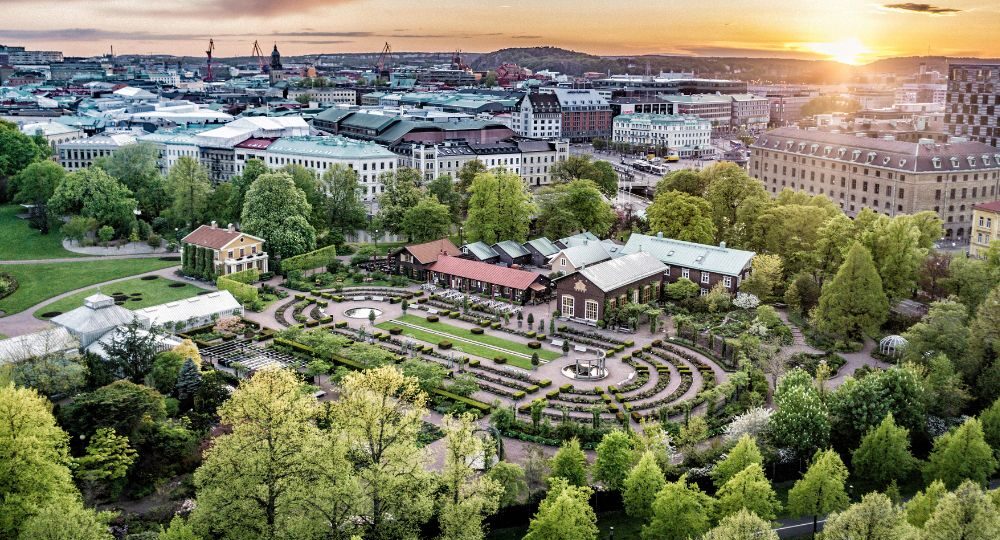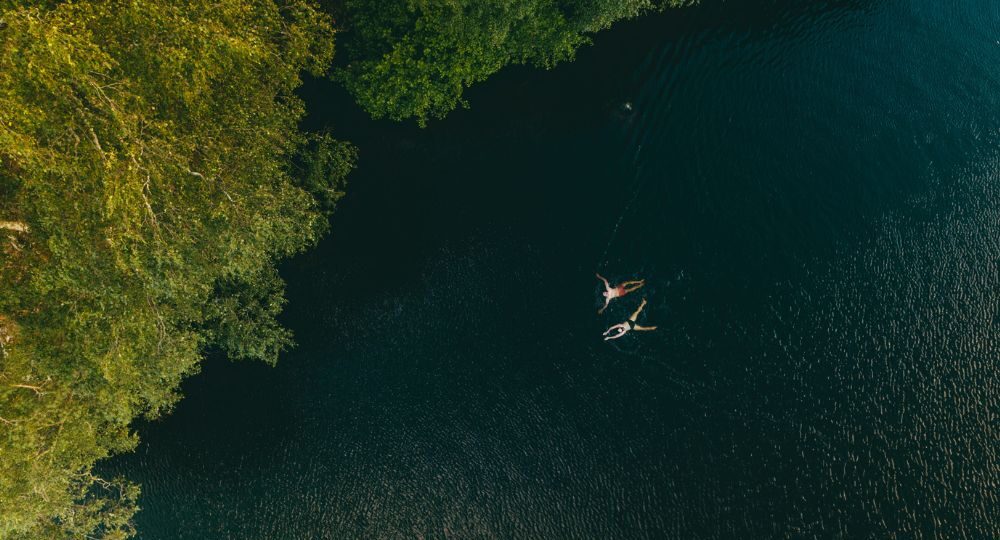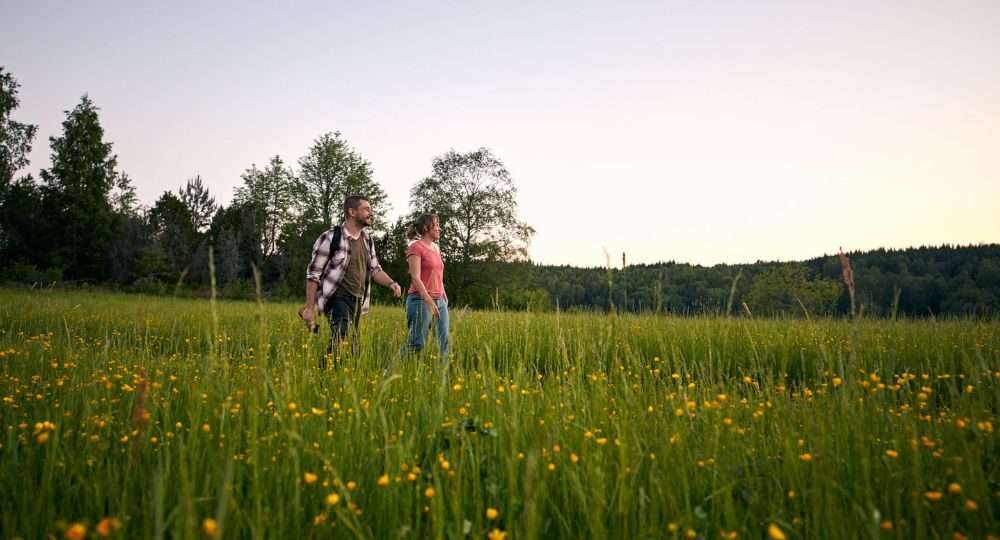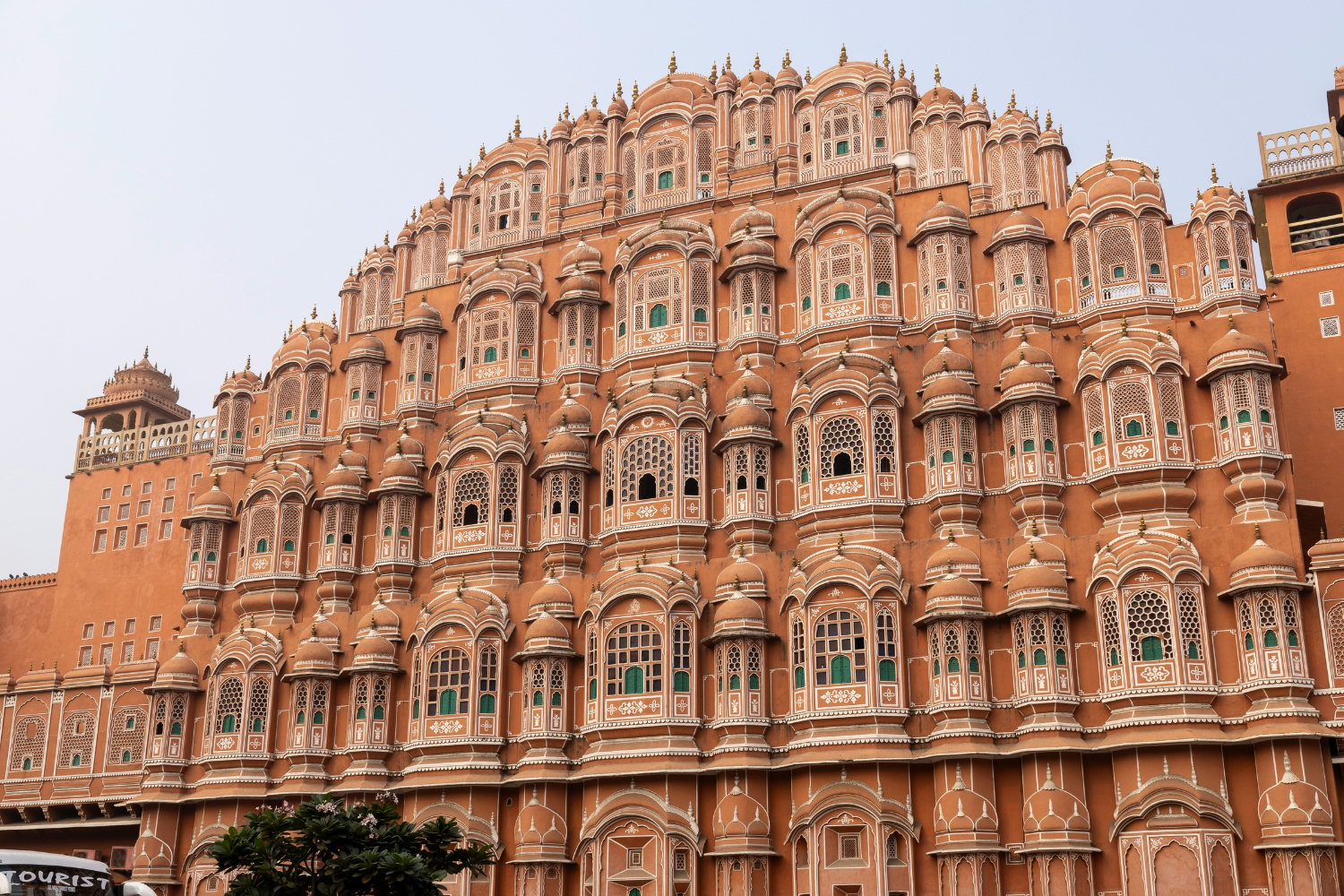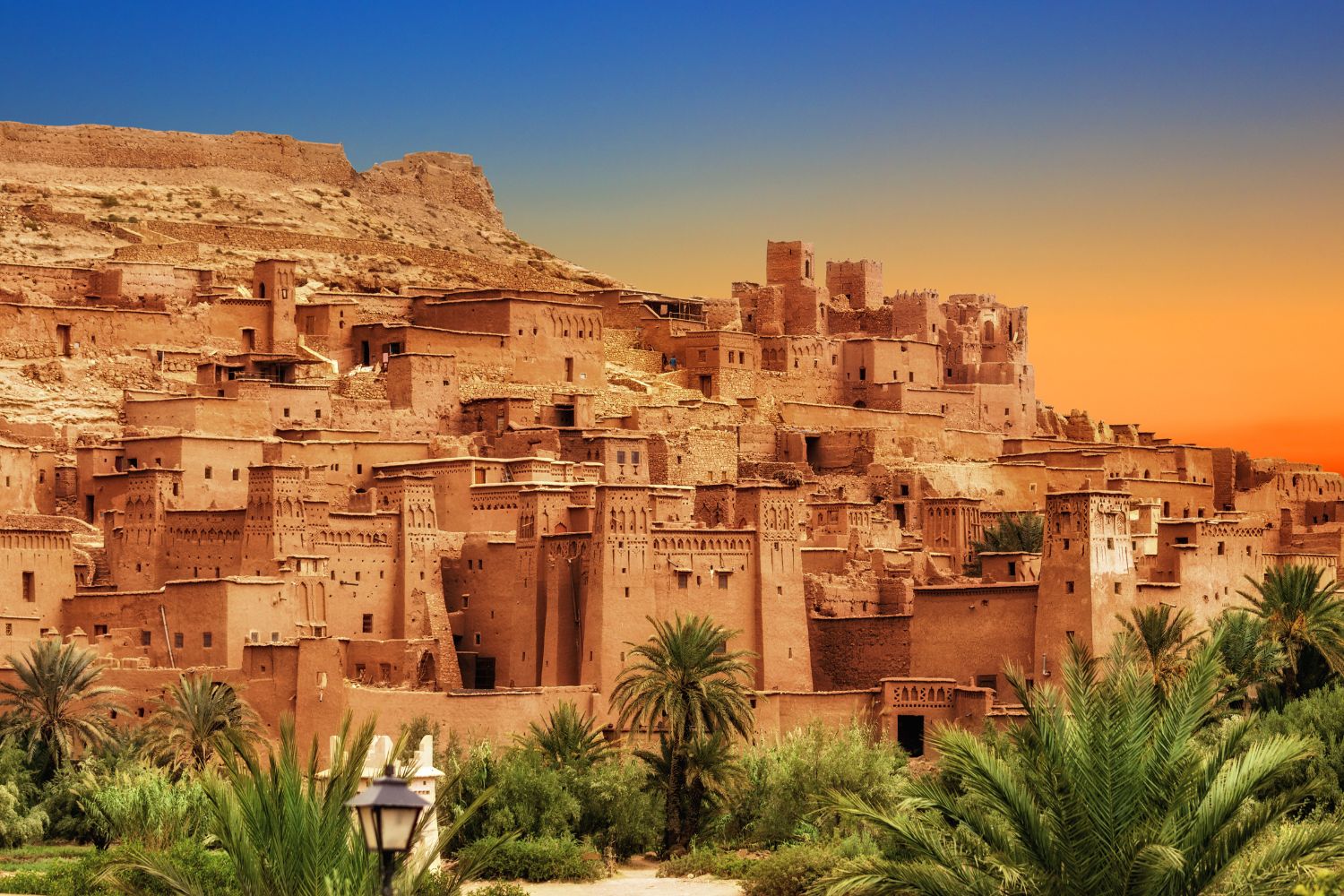Forests, lakes, and mountains are co-creators of the culture of the Jämtland Härjedalen region. Tourism to this region is an age-old tradition, starting in the Stone Age, when hunters would visit from the West, from then, Jämtland Härjedalen would be visited by pilgrims, farmers on their way to markets, botanists with their dried plants in tow, and city folk looking for respite during the industrial revolution.
Today’s guests visit year-round for the joy of joining local culture in Östersund (the only city in a region as big as the Netherlands!), many cosy villages, and mountain resorts. Winter in this part of Sweden is an amazing time of the year, with low humidity the weather is milder and the snow reflects the sun. At night the skies are lit up by the Aurora Borealis, a truly breathtaking experience no matter how many times you witness it.
Travellers continue to visit the region thanks to the culture of an outdoor lifestyle, with artisanal food and produce, not forgetting the exceptional air quality and hospitality of the locals.
A sustainable holiday in Jämtland Härjedalen is about tuning in to the ever-present nature and culture with vast forests, rolling mountains and enigmatic lakes. It’s a paradise for hikers and bikers as well as ski lovers who like to indulge in sustainable gastronomy from artisan food suppliers after a busy day. Sustainability comes naturally to the people of this region with their love of the outdoors and the absence of industrial chimneys.
Jämtland Härjedalen is Adventure Sweden.


























